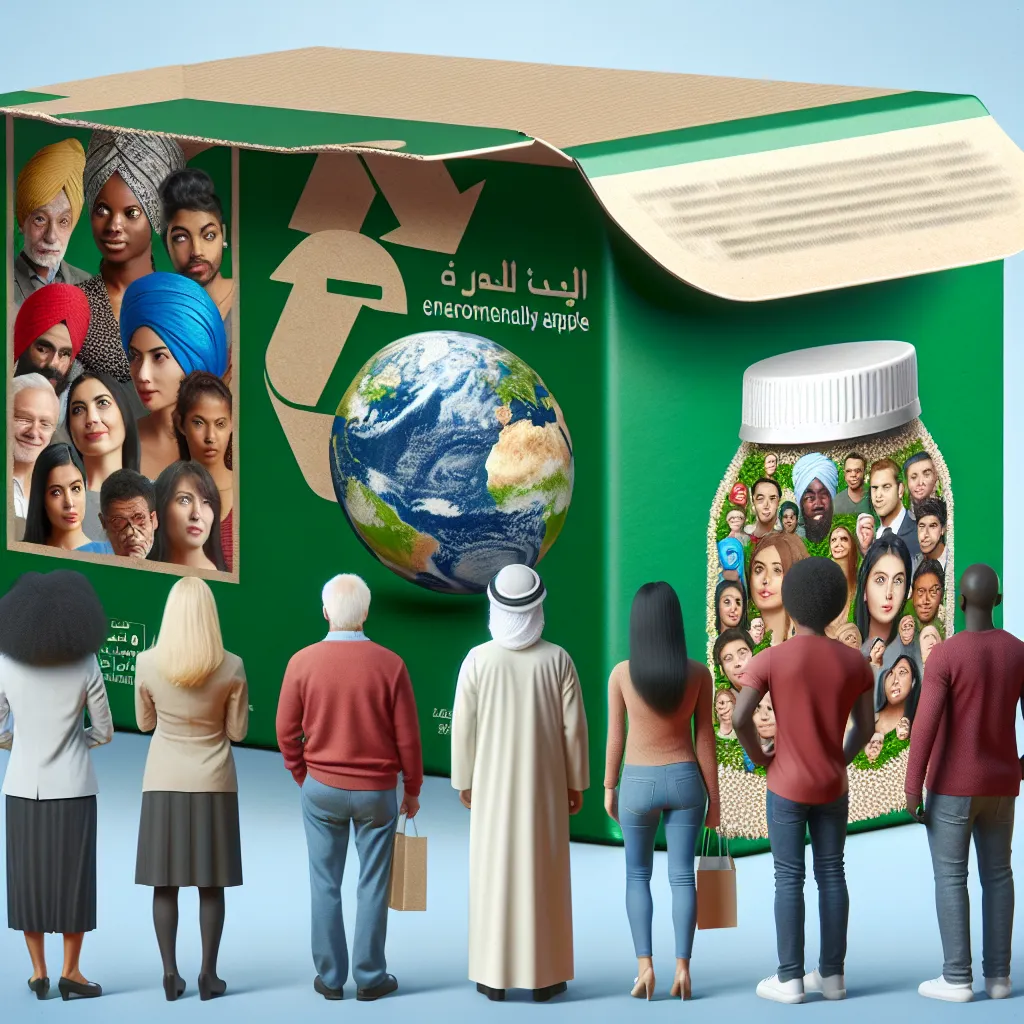The Role of Packaging in Creating Brand Identity
Product packaging plays a crucial role in influencing consumer behavior and shaping brand identity. It serves as the first point of contact between the product and the consumer, making it a powerful tool for creating a lasting impression. The packaging design, color scheme, logo, and brand messaging all contribute to establishing a strong brand identity that resonates with the target audience.
Brand identity is essentially the personality of a product or a company that consumers can relate to and connect with. Packaging design is a significant component of brand identity as it visually communicates the brand’s values, mission, and positioning in the market. When consumers encounter consistent and visually appealing packaging across different products and platforms, it reinforces brand recognition and loyalty. This fosters a sense of trust and reliability, influencing consumer behavior positively.
Furthermore, innovative and unique packaging designs can differentiate a brand from its competitors, creating a distinct identity in the market. By leveraging packaging as a vehicle for brand storytelling, companies can effectively communicate their unique selling propositions and connect with consumers on an emotional level. This emotional resonance can significantly impact consumer purchasing decisions, leading to increased sales and brand advocacy.
In conclusion, packaging plays a pivotal role in shaping brand identity and influencing consumer behavior. By investing in compelling and consistent packaging designs, brands can effectively convey their values, build strong connections with consumers, and ultimately drive success in the market.
The Influence of Packaging on Consumer Perception
When it comes to consumer behavior, the impact of product packaging cannot be overstated. Packaging plays a crucial role in shaping consumer perception and influencing purchasing decisions. The visual and tactile elements of packaging design can evoke specific emotions and associations, ultimately influencing how consumers perceive a product.
Consumers often make snap judgments based on a product’s packaging, associating certain qualities with particular colors, shapes, and materials. For example, minimalistic and sleek packaging may convey a sense of modernity and sophistication, while earthy tones and textures can evoke a feeling of natural and organic attributes. These perceptions can heavily influence a consumer’s decision to purchase a product.
Furthermore, packaging design communicates brand values and personality. Bold and vibrant packaging may signal a fun and energetic brand, while elegant and understated packaging can convey a sense of luxury and exclusivity. The consistency of packaging with brand identity is crucial in establishing a strong and recognizable brand image in the minds of consumers.
It’s important to note that packaging not only affects initial purchasing decisions but also impacts overall product experience. A well-designed and functional packaging enhances the user experience, ensuring convenience, durability, and ease of use. On the other hand, poor packaging can lead to frustration and detract from the perceived value of the product.
In conclusion, the influence of packaging on consumer perception is a powerful force in the marketplace. By understanding the psychological and emotional impact of packaging design, businesses can strategically create packaging that resonates with their target audience, enhances brand identity, and ultimately drives consumer behavior.
Sustainable Packaging: A Shift in Consumer Preferences
As the awareness of environmental issues continues to grow, consumer preferences are shifting towards sustainable packaging options. Sustainable packaging refers to materials and design strategies that minimize the environmental impact throughout the product’s lifecycle. With more information available about the environmental consequences of traditional packaging materials, consumers are becoming more conscious of the choices they make at the point of purchase. This shift in consumer preferences has a significant impact on product packaging and consumer behavior as a whole.
One of the key factors driving the demand for sustainable packaging is consumer concern about plastic pollution and its detrimental effects on the environment. Brands that prioritize sustainable packaging not only appeal to environmentally conscious consumers but also demonstrate their commitment to corporate social responsibility. This can enhance brand image and loyalty among consumers who align with these values.
Moreover, the shift towards sustainable packaging is also influenced by regulatory changes and industry initiatives aimed at reducing the use of single-use plastics and increasing the recyclability of packaging materials. This has led to innovative packaging solutions, such as biodegradable packaging, compostable materials, and reusable packaging options.
As a result, companies that adopt sustainable packaging not only contribute to environmental conservation but also gain a competitive advantage in the market by meeting the evolving preferences of consumers. In conclusion, the shift in consumer preferences towards sustainable packaging has a profound impact on product packaging and consumer behavior, driving the need for eco-friendly and innovative packaging solutions.
Maximizing Sales Through Innovative Product Packaging
Product packaging plays a crucial role in influencing consumer behavior and ultimately maximizing sales. Innovative and strategic packaging designs have the power to capture the attention of potential buyers and create a lasting impact. In today’s competitive market, companies are increasingly recognizing the significance of packaging as a marketing tool. By incorporating elements such as vibrant colors, unique shapes, and engaging textures, businesses can differentiate their products and attract the target audience.
Furthermore, the practicality and functionality of the packaging also contribute to consumer decision-making. Convenient and user-friendly packaging not only adds value to the product but also enhances the overall consumer experience. Consumers are more likely to make repeat purchases if they find the packaging easy to use and store.
In addition to aesthetic and functional considerations, environmentally friendly packaging is gaining traction among consumers. Sustainable and eco-friendly packaging not only appeals to the growing environmentally conscious customer base but also showcases the brand’s commitment to corporate social responsibility. This, in turn, can positively influence purchasing decisions and brand loyalty.
Ultimately, the impact of product packaging on consumer behavior cannot be overstated. By leveraging innovative designs, practicality, and sustainability, businesses can effectively maximize sales and carve a distinctive brand image in the market.

